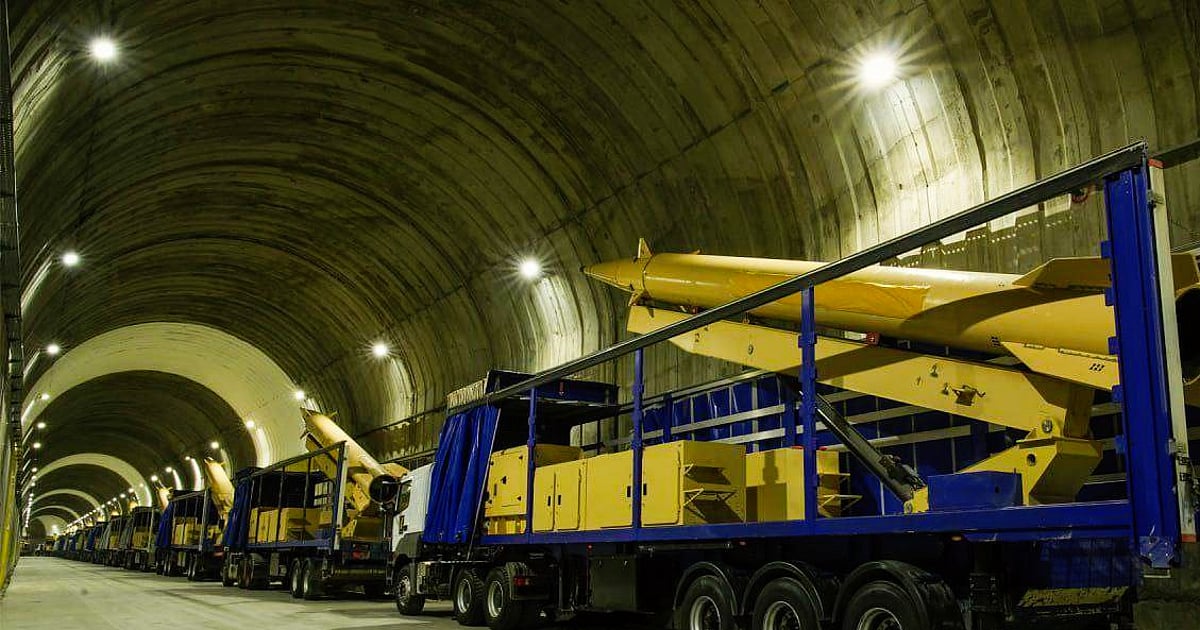Before the war, Iran was estimated to have about 2,500 missiles. Firing nearly a third of this stockpile during the conflict demonstrates the intensity of the battle.
Iran had been producing over 200 solid-fuel missiles monthly before Israeli airstrikes targeted key missile production sites near Tehran — Khojir, Parchin, and Shahroud. Satellite images from September reveal repair work on buildings believed to house the mixers, with construction active at Parchin and Shahroud.
The speed of reconstruction underlines Iran’s commitment to its missile programme. Nuclear facilities damaged in the conflict have not shown similar restoration activity.
Carl Parkin, also from the James Martin Centre, noted: “Israel’s targeting indicates they believed mixing was a bottleneck in Iran’s missile production. If Iran overcomes their mixing limitations, they’ll have all the casting capacity needed for high-volume production again.”
With the United Nations expected to reimpose sanctions soon, Iran is likely intensifying efforts to source mixers and missile fuel ingredients from China. The US State Department has sanctioned Chinese companies alleged to have supplied Iran with ballistic missile propellant components.
Iran may also be transferring equipment to allies in the region. Analysts say Iran’s Revolutionary Guard provided a planetary mixer to a Syrian missile site near Masyaf. Israeli military footage from a 2024 raid showed equipment resembling Chinese-made mixers.
